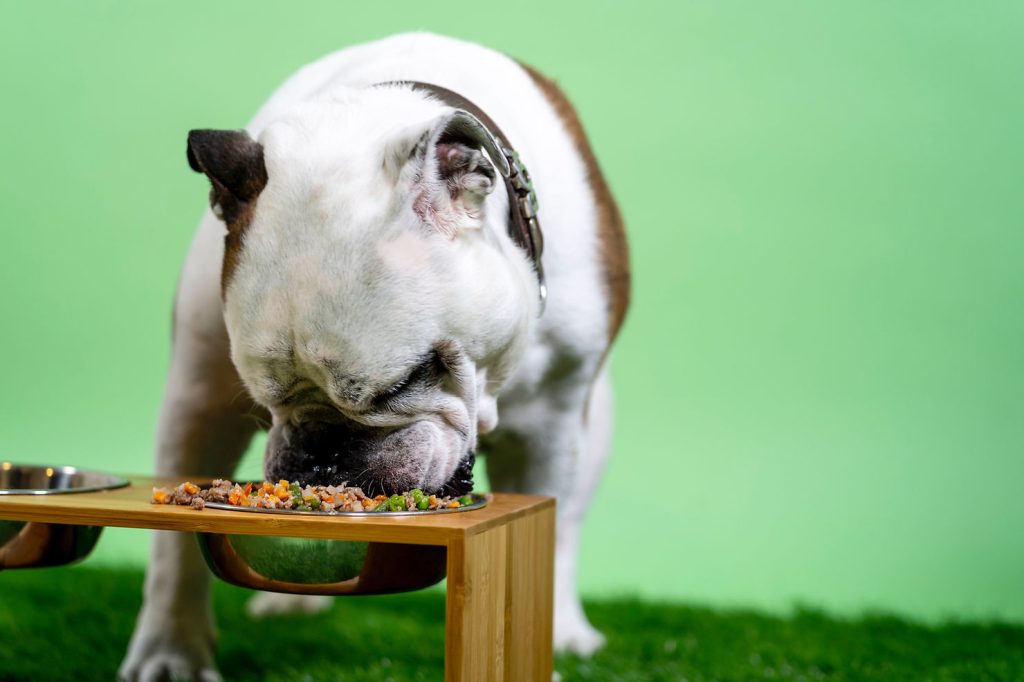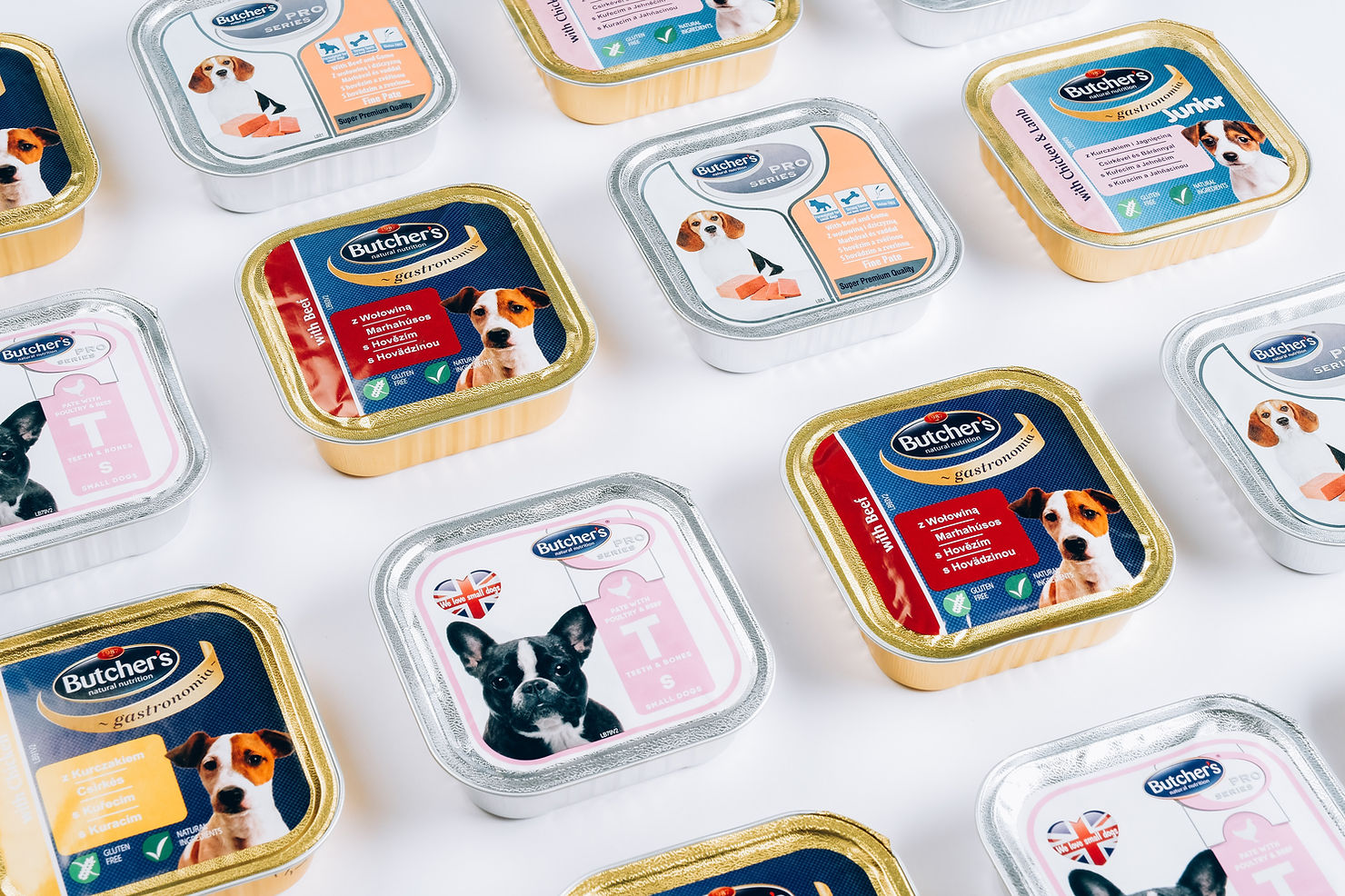Introduction: By-Product Panic or Nutrition Misinformation?
Walk down any pet food aisle or read through online forums, and you’ll likely come across the heated debate surrounding one controversial term: by-products. Are they the mark of a cheap, low-quality food? Or are they misunderstood and unfairly demonized?
For years, many dog owners were told to avoid any food that listed “by-products” in the ingredient list. Yet ironically, some of the most respected veterinary-prescribed formulas rely heavily on them.
So what’s the truth? Let’s unravel what by-products are, where they come from, what role they play in pet nutrition, and whether your pet should—or shouldn’t—eat them.

1. What Are Animal By-Products?
The Association of American Feed Control Officials (AAFCO) defines animal by-products as the non-rendered, clean parts of animals other than meat, which can include:
- Organs (liver, lungs, kidneys)
- Blood
- Bones
- Fat
- Intestines
What they do not include:
- Hair
- Horns
- Hooves
- Hide
- Manure or stomach contents
These parts are often rich in nutrients and commonly consumed in many human cultures (think liver, tripe, oxtail).
2. Why Are By-Products Used in Pet Food?
By-products are a natural consequence of human food processing—when we don’t eat parts of the animal, those parts are still available for use. Instead of wasting them, the pet food industry uses them to:
- Provide high-quality, nutrient-dense protein
- Reduce food waste (sustainability win!)
- Maintain affordability of kibble
When sourced and processed properly, by-products can be just as nutritious as traditional meat ingredients.
3. The Difference Between Named vs. Unnamed By-Products
Not all by-products are created equal. Look for transparency on labels:
- “Chicken by-product meal” = generally higher quality (from a single known species)
- “Animal by-product meal” = lower quality, unknown source, should be avoided
A good rule: named ingredients signal accountability and quality control.
4. Are By-Products Safe?
Yes—when sourced responsibly. By-products used in reputable pet foods come from USDA-inspected animals deemed safe for human consumption. They are:
- Rendered at high temperatures to kill pathogens
- Tested for nutrient composition
- Regulated by AAFCO and the FDA
Problems arise with poorly regulated brands or imported products lacking proper oversight.
5. Are By-Products Nutritious?
Very much so. Organ meats, for example, are often richer in vitamins and minerals than muscle meat:
- Liver: high in Vitamin A, iron, and B vitamins
- Heart: source of taurine, CoQ10, and zinc
- Kidney: good source of protein and essential nutrients
By-products also contribute to balanced amino acid profiles and digestibility.

6. Why Do Some Pet Owners Avoid By-Products?
The stigma around by-products comes from:
- Misleading marketing by “premium” brands
- Human aversion to certain animal parts
- Assumptions that by-products are just waste or filler
Yet ironically, many brands that demonize by-products simply replace them with plant-based proteins or fillers that may be less digestible or nutritious for pets.
7. Why Veterinary Diets Use By-Products
Brands like Hill’s Science Diet, Purina Pro Plan Veterinary Diets, and Royal Canin use by-products in prescription formulas for good reason:
- Reliability: predictable amino acid profiles
- Functionality: tailored nutrient levels for specific diseases
- Palatability: many dogs prefer organ meats
Veterinarians recommend these diets not because they’re cheap, but because they work—and are backed by clinical feeding trials.
8. Myths vs. Facts
| Myth | Reality |
| By-products are unsafe | Reputable by-products are safe and regulated |
| By-products are fillers | Most are nutrient-rich organ meats |
| They use roadkill | Illegal and false in regulated U.S. markets |
| All by-products are the same | Named sources (e.g., chicken) are better than vague terms (e.g., animal) |
9. Should You Avoid Foods with By-Products?
Not necessarily. If the food is from a reputable company, has passed feeding trials, and lists named by-products, it may be a great choice.
However, avoid:
- Foods with vague ingredient sourcing
- Cheap private label brands with no vet backing
- Products made outside regulated markets
When in doubt, ask your veterinarian.
Conclusion: Don’t Judge a Kibble by Its Label
By-products are not inherently bad—in fact, they’re often more nutrient-dense than muscle meat. When responsibly sourced and clearly labeled, they can be part of a high-quality, balanced diet.
Rather than avoiding by-products at all costs, focus on the brand’s reputation, manufacturing practices, and veterinary endorsement.
Keywords included: animal by-product in pet food, chicken by-product meal, are by-products good for dogs, what are by-products in dog food, pet food label reading, best dog food with by-products, is Science Diet good for dogs, veterinary prescription dog food ingredients
About Transcon Pet Movers
At Transcon Pet, we’re more than just relocation experts—we’re animal people. Our team specializes in U.S. customs clearance for pet imports at every major airport, and we operate full-service offices in San Francisco, Los Angeles, Las Vegas, and New York.
We are proud to be California’s largest and most reputable pet travel company, offering:
- Professional handling of all pet export documentation and veterinary certificates
- Temporary boarding and personalized care
- Airport check-in and drop-off assistance
- Guidance on entry procedures and quarantine compliance for your destination country
Whether you’re moving your beloved pet internationally or arranging arrival in the U.S., we make the complex journey smooth, safe, and stress-free.
Contact us to begin your pet’s international journey today.

